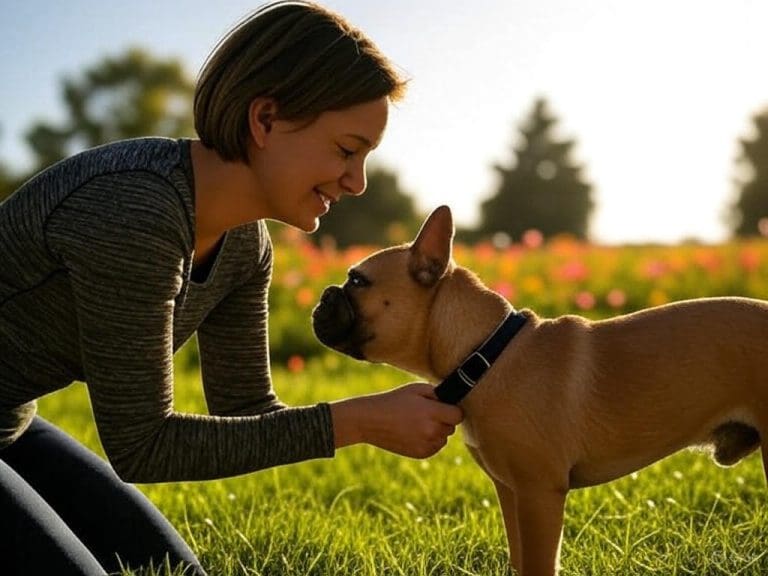The Heat Is On: What You Need to Know About Your Dog’s Heat Cycle
If you’re a dog owner, understanding the changes that dogs go through during their heat cycle is essential. The heat cycle, also known as estrus, is a period in a female dog’s reproductive cycle where she becomes sexually receptive and can conceive.
During this time, dogs experience hormonal changes that can affect their behavior, mood, and physical health. Here are some of the changes you can expect to see in a dog during her heat cycle:
- Increased Vocalization: Female dogs may become more vocal during their heat cycle, whining, barking, and howling more frequently than usual. This is because they are trying to communicate with male dogs and attract their attention.
- Changes in Appetite: Some dogs may experience a decrease in their appetite during their heat cycle, while others may have an increased appetite. This change in appetite is due to hormonal fluctuations.
- Increased Urination: Female dogs may need to urinate more frequently during their heat cycle. This is because their body is preparing for breeding and needs to eliminate waste products more efficiently.
- Changes in Mood: Dogs may become more irritable, restless, or moody during their heat cycle. This is because of the hormonal changes that are occurring in their bodies.
- Increased Aggression: Some female dogs may become more aggressive during their heat cycle. This is because they are trying to protect themselves from unwanted attention from male dogs.
- Physical Changes: During their heat cycle, female dogs may experience physical changes, such as swelling of the vulva, discharge, and changes in their behavior, including mounting and humping.
As a dog owner, it’s important to keep these changes in mind during a dog’s heat cycle. You should be aware of the increased risk of unwanted breeding and take precautions to prevent it from happening. You should also be patient and understanding of your dog’s behavior during this time and make sure they are comfortable and safe. Overall, understanding the changes that occur during a dog’s heat cycle is crucial to their health and wellbeing.




